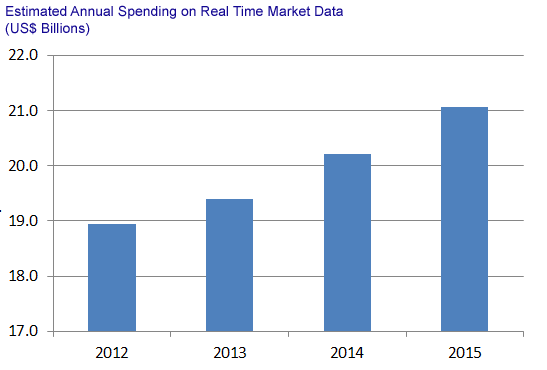Low Latency: Focus on Cost and Optimization
Abstract
Cost control is a key theme at most buy side institutions. Firms have been under significant cost pressure during the last year. Decisions such as choosing direct or consolidated data feeds, expanding message-handling capacity, or squeezing the network for incremental latency reductions now require greater deliberation.
In the report Low Latency: Focus on Cost and Optimization, Celent examines the buy side perspective on the evolving area of low latency and how it impacts trading firms’ front and middle office operations, particularly with respect to risk management, as well as messaging infrastructure that supports these activities.
The universe of firms employing latency-critical technologies is also expanding. It is not just the high frequency trading community that considers low latency critical to their business, but also firms using algorithmic trading that is not necessarily high frequency.
Growing data volumes are posing additional challenges. Buy side traders now have to deal with diverse data sources in as close to real time as possible. With more data to assist in trading strategy formulation than ever before, traders are demanding greater flexibility from firms’ low latency infrastructure.
Celent estimates that annual spending on real time market data feeds was around US$19.4 billion in 2013, and it is expected to grow by 3–4% over the next two years.

“Buy side firms are looking at acquiring synchronization, latency measurement, and monitoring capabilities with greater interest,” says Muralidhar Dasar, Analyst with Celent’s Securities and Investments Group and author of the report. “With the increasing volumes of data that firms have to sift through, accurate time stamping is crucial to analyzing temporal patterns in data.”
“Due to its pervasive nature across verticals and functional units within firms, risk data is difficult to isolate,” says Dr. Anshuman Jaswal, Senior Analyst with Celent’s Securities and Investments Group and coauthor of the report. “Achieving desired latency levels in the middle office invariably depends upon the ability of supporting functions to be latency-sensitive to desired levels.”
This report begins with an analysis of the low latency infrastructure from the buy side perspective, examining key trends and developments. It then sizes up the market based on real time data. The report ends with an overview of the technology ecosystem, highlighting technology providers in the low latency trading value chain.

